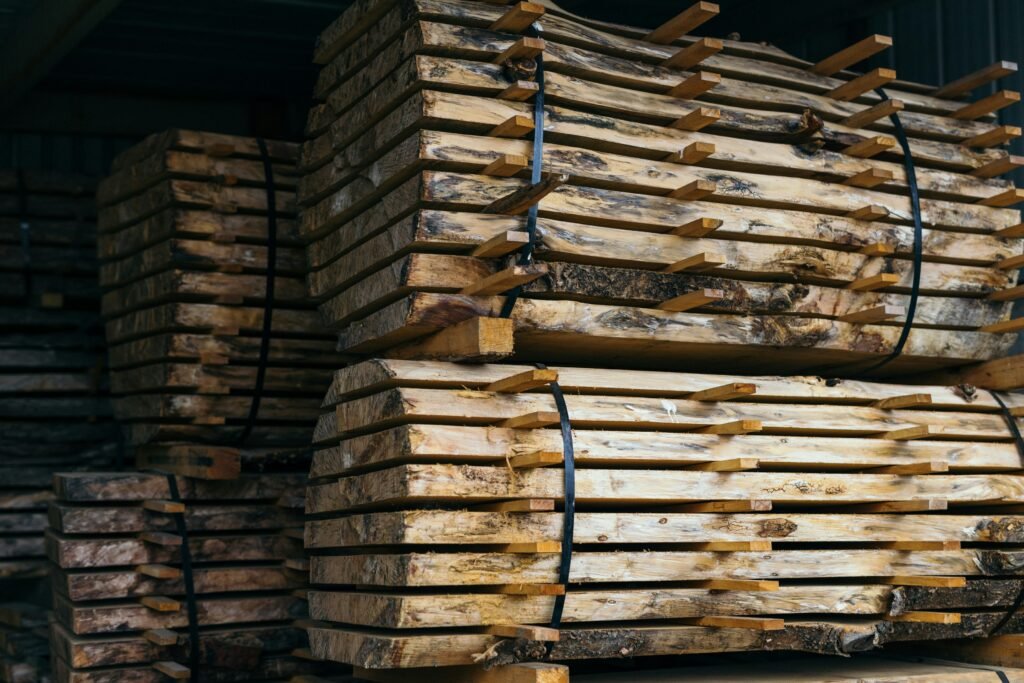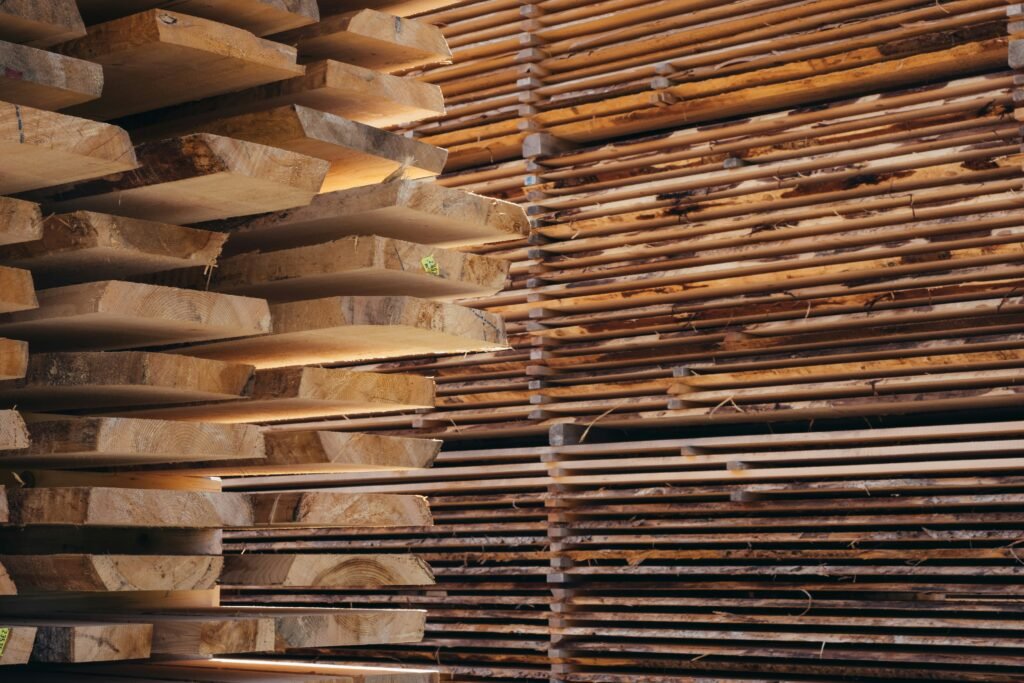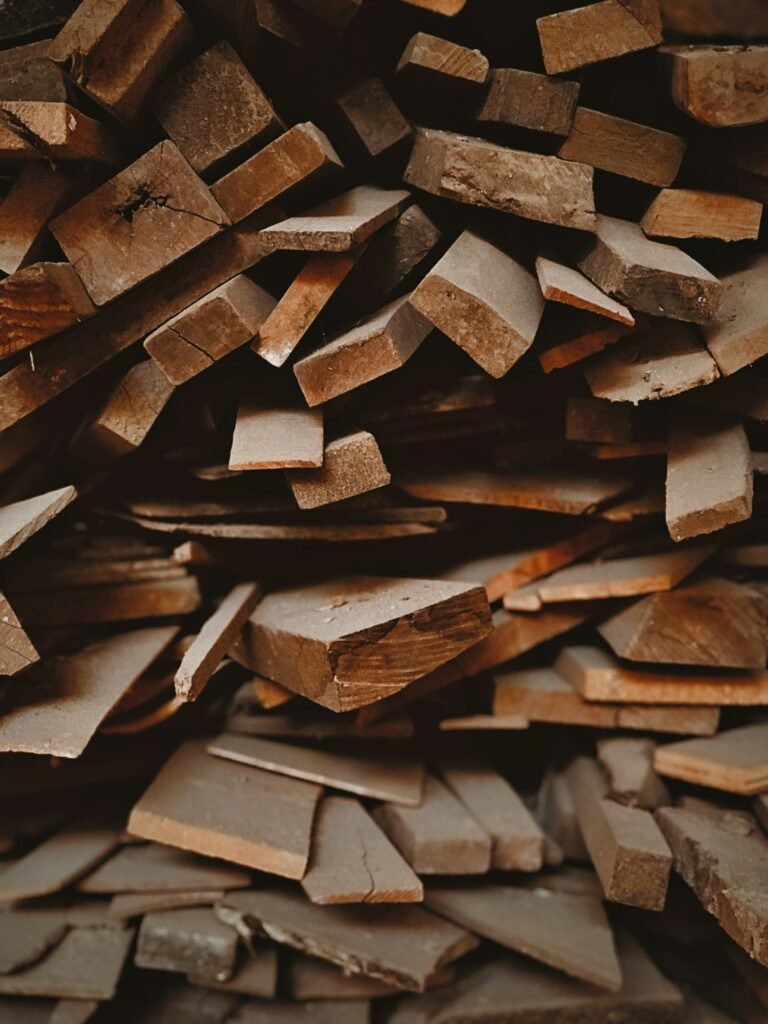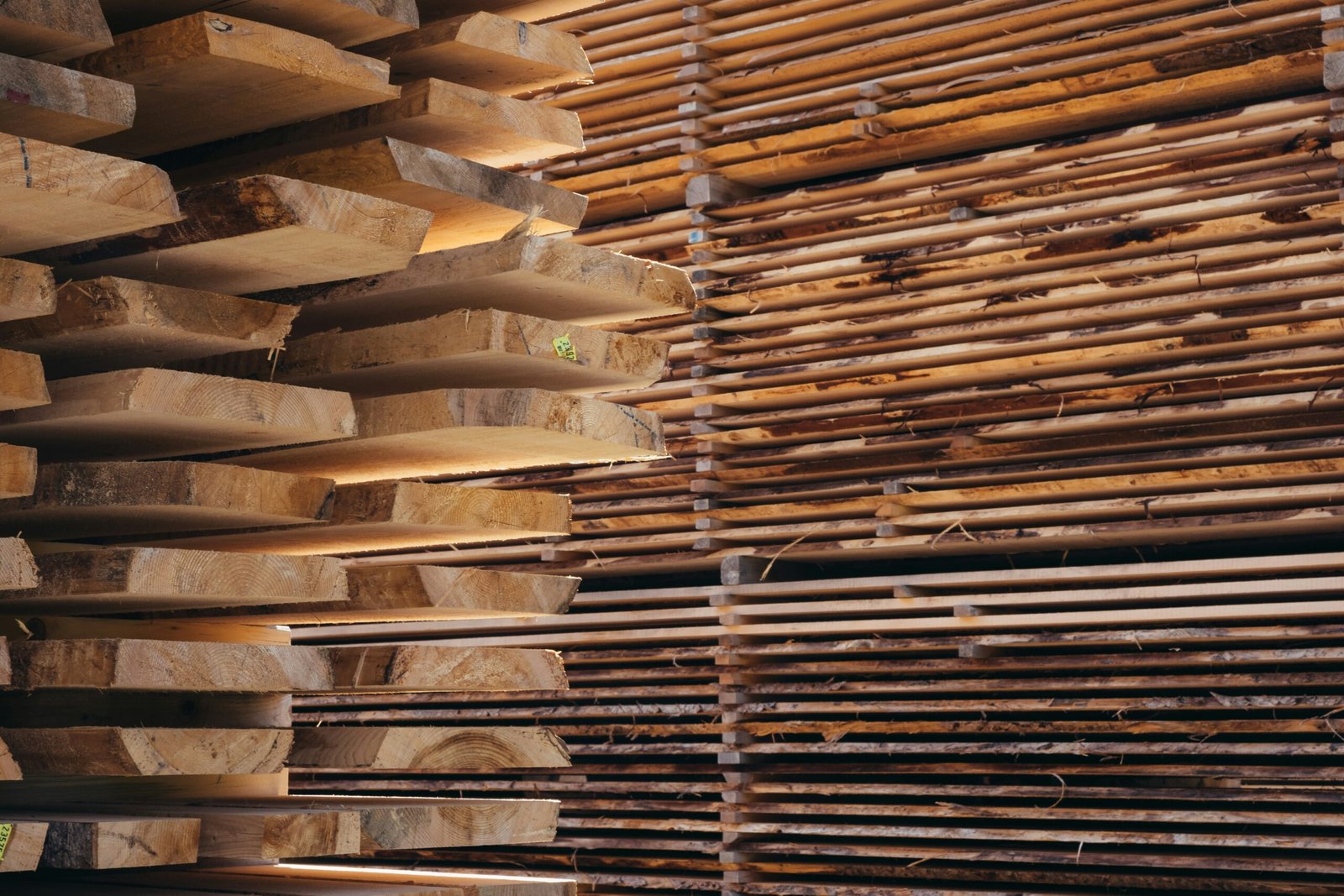You’ve invested in beautiful wooden furniture, and now you’re wondering how to maintain its natural charm over time. Whether it’s a dining table, a bookshelf, or a set of chairs, the warmth and elegance of wood can enhance any space. In this article, we’ll explore some simple yet effective tips on how to preserve the natural look and feel of wood, ensuring that your prized pieces stay in pristine condition for years to come. From proper cleaning techniques to protective measures, we’ve got you covered. So, let’s dive in and discover how to keep your wood looking its best!
Choose the Right Type of Wood
Wood comes in a variety of species, each with its own unique characteristics and properties. Before you start any woodworking project or invest in wood furniture, it’s important to consider the natural characteristics of different wood types. Some woods are more prone to scratches or dents, while others may be more resistant to moisture or insect damage. Understanding these characteristics will help you select a wood that best suits your needs.
In addition to considering the practical aspects of wood, you should also think about the aesthetic appeal. Different wood species have distinct colors, grain patterns, and textures. Some woods, like oak or mahogany, have a rich and traditional look, while others, such as maple or birch, offer a lighter and more modern feel. Take the time to research and choose a wood that matches your desired aesthetic, whether it’s rustic, contemporary, or anything in between.
Lastly, it’s crucial to research the durability and maintenance requirements of different wood species. Some woods may require regular sealing or treatment to protect against rot or decay, while others may be naturally more resistant to these issues. Understanding the maintenance needs will help you make an informed decision and ensure that the wood you choose will stand the test of time.
Protect Wood from Sunlight Exposure
Sunlight can be both a friend and a foe to wood. While natural light can enhance the beauty of wood, prolonged exposure to sunlight can lead to fading, discoloration, and even warping. To protect your wood furniture or surfaces, it’s important to avoid placing them in direct sunlight whenever possible. If you have furniture near windows, consider rearranging the layout or using window coverings to minimize sun exposure.
Another option to protect wood from sunlight is to use UV-protective films on windows. These films can filter out harmful UV rays and reduce the risk of sun damage to your wood. Additionally, applying a protective finish or varnish with UV inhibitors can help shield the wood from the damaging effects of the sun. This finish will act as a barrier, preventing UV rays from penetrating the wood and causing harm.

This image is property of images.unsplash.com.
Maintain Proper Humidity Levels
Wood is a hygroscopic material, which means it absorbs and releases moisture depending on the surrounding environment. Changes in humidity can cause wood to expand or contract, leading to warping, cracking, or splitting. To preserve the natural look and feel of wood, it’s crucial to monitor and control the humidity levels in your home or workspace.
Investing in a hygrometer, a device that measures humidity, can help you keep track of the moisture levels. Ideally, wood should be kept in an environment with a relative humidity between 35% and 50%. If the humidity levels are too high, consider using a dehumidifier to remove excess moisture from the air. If the humidity levels are too low, a humidifier can add moisture to prevent the wood from drying out.
Avoiding drastic changes in humidity is also key to maintaining the integrity of wood. Sudden fluctuations in moisture levels can cause stress on the wood fibers, leading to structural damage. To prevent this, try to keep the humidity levels as stable as possible by using the appropriate humidifier or dehumidifier and monitoring the moisture content regularly.
Clean Wood Regularly
Regular cleaning is essential to preserve the natural beauty of wood. Dust and dirt can accumulate on the surface, dulling the appearance and potentially scratching the wood. To keep your wood looking its best, make it a habit to dust wood surfaces regularly with a soft cloth or a microfiber duster. This simple step will help remove loose particles and prevent them from scratching the wood when wiped.
For tougher stains or dirt buildup, a mild wood cleaner or soapy water can be used. Make sure to dampen a clean cloth or sponge with the cleaning solution and gently wipe the surface in the direction of the grain. It’s important to avoid using abrasive cleaners or tools that may scratch or damage the wood. When cleaning, be gentle and avoid applying excessive pressure to prevent any potential harm to the wood.
After cleaning, make sure to thoroughly dry the wood to avoid any moisture penetration. Moisture left on the surface can lead to water damage or even mold growth. Use a clean, dry cloth to wipe away any remaining moisture, and allow the wood to air dry completely before placing any objects back on the surface.

This image is property of images.unsplash.com.
Protect Wood from Water Damage
Water is one of the biggest enemies of wood, as it can cause swelling, warping, and ultimately, irreversible damage. To protect your wood from water damage, it’s important to be proactive and take preventative measures.
When spills occur, it’s crucial to wipe them up immediately. Leaving water to sit on the surface can lead to penetration and absorption by the wood, causing permanent damage. Use a clean cloth or paper towel to quickly soak up any liquid and ensure the wood remains dry.
To further protect your wood from water damage, consider using coasters or placemats under glasses and containers. These simple accessories create a barrier between the wood surface and any potential water droplets or condensation. By using coasters or placemats, you can prevent direct contact between water and the wood, reducing the risk of water damage.
Another option to safeguard wood against water damage is to apply a waterproof sealant or wax. These products create a protective barrier on the wood’s surface, preventing water from seeping in and causing harm. Be sure to read the manufacturer’s instructions and properly apply the sealant or wax to ensure maximum protection.
Avoid Extreme Temperatures
Wood is sensitive to temperature changes, and exposure to extreme heat or cold can cause significant damage. Direct heat sources, such as radiators or fireplaces, can dry out the wood and potentially lead to cracking or warping. It’s crucial to keep wood furniture away from these sources of high heat to maintain its natural look and feel.
Similarly, placing hot objects directly on wood surfaces can cause burns or scorching. Always use protective trivets or hot pads under hot pots, pans, or dishes to prevent any heat damage. By maintaining a moderate temperature in the environment, you can help preserve the integrity of the wood and avoid any potential harm.

This image is property of images.unsplash.com.
Apply a Protective Finish or Sealant
To further protect the natural look and feel of wood, applying a protective finish or sealant is highly recommended. The finish acts as a barrier, shielding the wood from moisture, stains, and other potential damage.
When choosing a finish, it’s important to consider the wood type and the desired outcome. Different finishes, such as polyurethane, varnish, or oil-based products, offer various levels of protection and different appearances. Research the options and choose a finish that aligns with your preferences and the specific needs of the wood.
Before applying the finish, prepare the wood surface by sanding it to ensure a smooth and clean base. This step helps the finish adhere properly and ensures a more even application. Follow the manufacturer’s instructions carefully for proper application techniques, such as using a brush or a cloth, and allow sufficient drying time between coats. By following the recommended guidelines, you can achieve the best results and maximize the protection of your wood.
Prevent Scratches and Dents
Wood is susceptible to scratches and dents, especially when subjected to daily use or heavy objects. To prevent any damage to your wood surfaces or furniture, it’s important to take preventive measures.
One simple way to protect wood is by using furniture pads or felt sliders under the legs of furniture. These pads create a soft cushion between the wood and the floor, reducing the risk of scratches caused by friction or movement. By placing these protective accessories on the furniture, you can prevent any direct contact between the wood and the floor, ensuring its longevity.
Additionally, it’s crucial to avoid dragging or sliding heavy objects across wood surfaces. Instead, lift and carefully place objects to prevent any accidental scratches or dents. By being mindful of how you handle and move items on wood surfaces, you can maintain the natural look and feel of the wood.
Regularly inspecting the protective coatings on your wood surfaces is also important. Over time, protective coatings may wear off or become damaged, leaving the wood vulnerable to scratches and other types of harm. Check the condition of these coatings regularly and make any necessary repairs or touch-ups to ensure the ongoing protection of the wood.
Avoid Chemical Damage
When working with chemicals around wood surfaces, it’s crucial to take precautions to avoid any potential damage. Certain chemicals, such as solvents or strong cleaning agents, can cause discoloration or deterioration of the wood. To protect your wood, follow these guidelines:
- Use coasters or protective mats when working with chemicals to prevent direct contact between the wood and the substances.
- Read and carefully follow the instructions on cleaning products to ensure they are suitable and safe for use on wood.
- If in doubt, test a small, inconspicuous area before applying any chemicals to the entire wood surface. This test can help you determine if the chemical is compatible with the wood and will not cause any harm.
By being cautious and aware of the potential risks, you can prevent chemical damage and maintain the natural beauty of your wood.
Regularly Inspect and Maintain
Regular inspection and maintenance are key to preserving the natural look and feel of wood. By keeping a close eye on your wood furniture or structures, you can identify signs of wear or damage early on and take appropriate actions to prevent further deterioration.
Inspect the wood regularly for any visible signs of wear, such as scratches, cracks, or fading. If you notice any issues, address them promptly to avoid complications or further damage. Repair or refinish any areas showing deterioration, following appropriate techniques and using suitable materials. By taking immediate action, you can restore the wood’s appearance and prevent any potential spreading of damage.
In addition to repair and refinishing, implementing a regular maintenance routine is crucial. This routine can include cleaning, applying protective finishes or sealants, and checking the condition of furniture pads or coatings. By staying proactive and consistent with your maintenance efforts, you can keep your wood looking its best for years to come.
Preserving the natural look and feel of wood requires a combination of careful consideration, preventive measures, and regular maintenance. By selecting the right wood type, protecting it from sunlight and water damage, maintaining proper humidity levels, cleaning it regularly, and taking preventive steps to avoid scratches or chemical damage, you can ensure that your wood stays beautiful and retains its natural charm. With a little extra care and attention, your wood will continue to bring warmth and elegance to your home or workspace.
